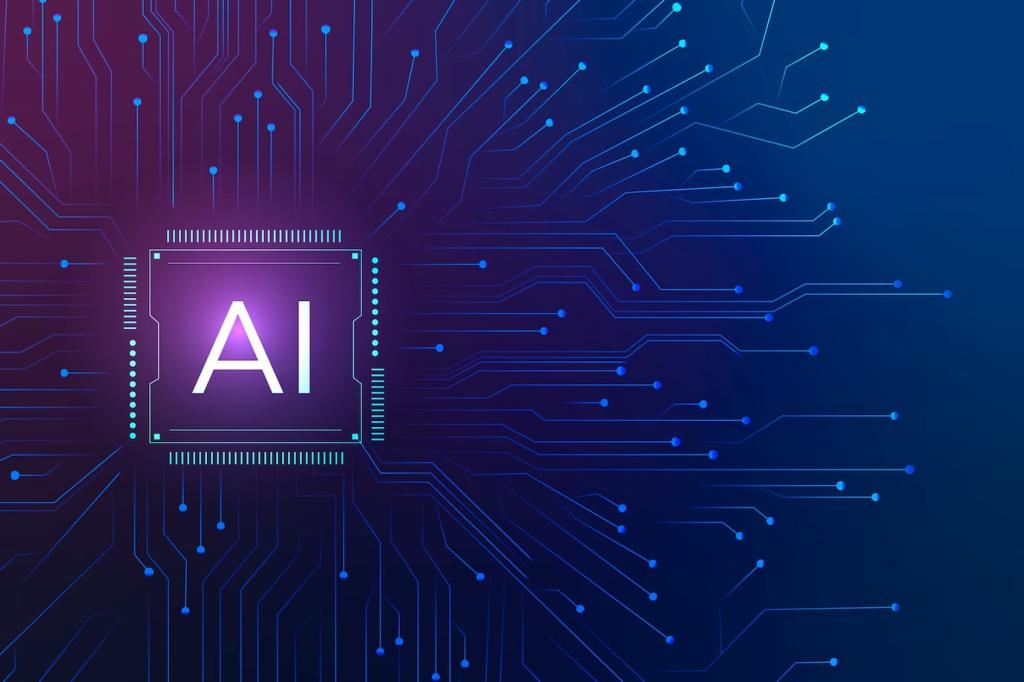AI-Powered Personal Assistants: Revolutionizing Daily Tasks
AI-powered personal assistants are transforming the way we manage our everyday routines, enhancing productivity, and personalizing our interactions with technology. By leveraging advancements in artificial intelligence, these digital companions are seamlessly integrating into our lives, automating mundane chores, optimizing our schedules, and enabling us to make better decisions with less effort. As their capabilities expand, AI-driven assistants are not just conveniences—they are fast becoming essential partners in work and personal life, redefining the boundaries of efficiency and convenience in the modern world.
Initially acclaimed as futuristic novelties, AI personal assistants have rapidly transitioned into everyday essentials. Once limited to basic voice commands or simple reminders, they now perform increasingly complex tasks such as managing calendars, answering questions using real-time data, and even making reservations or purchases on our behalf. This shift reflects not only improvements in AI technology but also growing public trust and reliance on these systems for daily functions.
The Rise of AI Personal Assistants
Previous
Next
Smart Scheduling and Calendar Management
One of the standout features of AI personal assistants is their prowess in handling complex scheduling logistics. By integrating with various calendar services, they automatically identify optimal meeting times, send invitations, and manage conflicts—saving users the time and hassle of constant back-and-forth communication. This intelligent management aids not just individuals but also teams, facilitating smoother collaboration and efficient time allocation.
Task Automation and Smart Reminders
Daily life is full of tasks that, while necessary, can be time-consuming and easily forgotten. AI assistants take the reins by automatically setting reminders for important deadlines, routine chores, or critical appointments. They monitor progress, nudge users gently when needed, and even prioritize tasks based on urgency and user preferences, ensuring nothing slips through the cracks and that productivity levels remain high.
Unified Communication Hubs
Modern AI-driven assistants serve as central communication hubs, integrating seamlessly with emails, messaging platforms, and other collaboration tools. They can read, flag, and respond to messages based on user instructions, organize email threads, and even summarize conversations. By centralizing communications, they help users keep track of important information, avoid duplication of effort, and maintain clarity and efficiency in their professional and personal correspondence.
Intelligent Home Management
AI assistants enable effortless control and automation of home devices, from lights and thermostats to security cameras and appliances. By understanding routines and preferences, they orchestrate entire ecosystems, adjusting settings to optimize comfort and energy use. Integration is continually improving, allowing devices from multiple brands and categories to work together harmoniously under a single AI-driven command structure.

Personal Wellness and Self-Care
From tracking daily step counts to reminding users to hydrate or take medications, AI assistants actively support healthy habits. Many integrate with wearables and health apps to monitor exercise, sleep, and nutrition, offering timely suggestions and nudges. This ongoing, passive engagement helps users stay mindful of wellness goals and fosters accountability—making healthier choices part of everyday life.

Enhanced Accessibility for All
Voice-Controlled Empowerment
For individuals with visual impairments, mobility limitations, or other challenges, voice-activated assistants offer a critical bridge to information and services that might otherwise be out of reach. Tasks such as making phone calls, sending texts, or controlling devices are now achievable through simple verbal commands, eliminating the need for complex physical interactions and bolstering user autonomy.
Adaptive Assistance for Learning Differences
In educational contexts, AI assistants adapt to varying learning styles and needs, helping individuals manage their studies, set reminders, and access learning materials using preferred formats. Features such as text-to-speech, language translation, and personalized learning strategies enable users with dyslexia, ADHD, or language barriers to engage with information more effectively and on their own terms.
Tailored Interactions for Seniors
For older adults, who may face unfamiliarity with technology or age-related impairments, AI-powered assistants simplify daily tasks and enhance engagement. Whether it’s by setting medication reminders, initiating video calls with loved ones, or providing news updates, the assistant offers gentle, unobtrusive support. This helps seniors maintain independence and remain connected, reducing isolation and improving quality of life.
Safeguarding Privacy and Security
Data Encryption and Secure Handling
All interactions with AI assistants generate data, much of it deeply personal. Leading platforms implement stringent data encryption protocols to safeguard information both in transit and at rest. By adhering to best-in-class encryption standards and security practices, AI developers strive to ensure that private conversations, schedules, and preferences remain protected from unauthorized access or misuse.
Transparent Data Usage Choices
Effective privacy controls put users in charge of their own data, offering clear options to manage what is collected, stored, and shared. AI assistants increasingly explain how data is used to tailor experiences, empowering users to adjust privacy settings with confidence. Transparent communication fosters greater trust, allowing users to benefit from personalization without sacrificing control over sensitive information.
Vigilant Threat Detection
AI-driven assistants are not only subject to robust internal security measures, but many are now equipped to actively detect and inform users of potential threats. Whether it’s identifying suspicious network activity or flagging potential scams in communications, these systems add an additional defensive layer. By staying vigilant, AI assistants help users respond promptly to security risks and maintain a safe digital environment.
